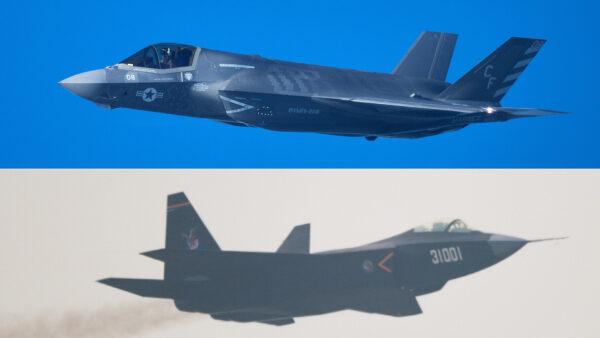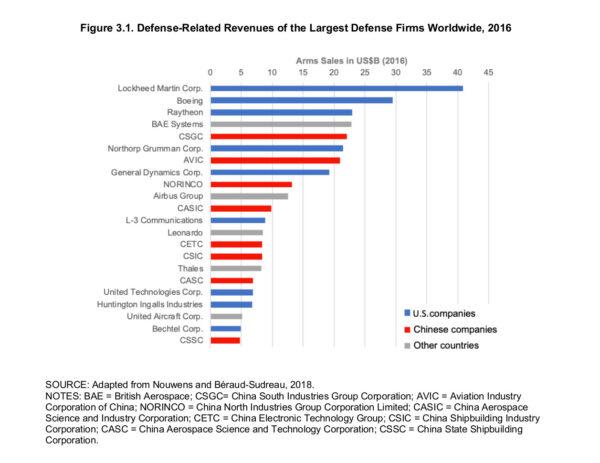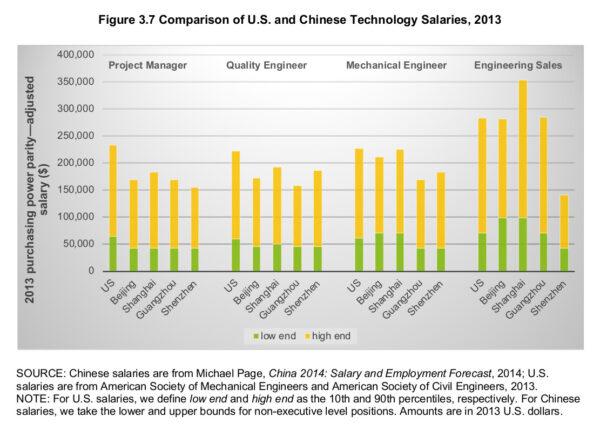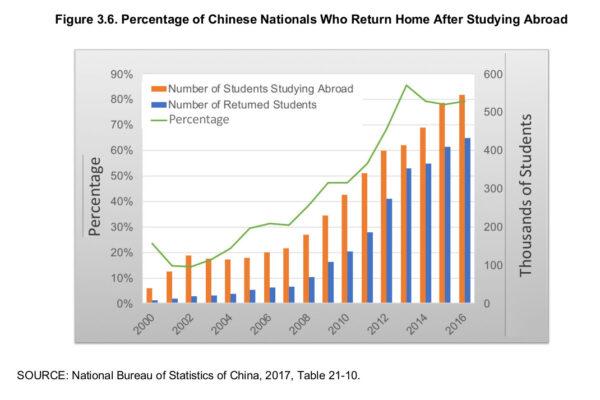China is racing to catch up to the military superiority of the United States, and it’s doing so by beefing up domestic innovation efforts in tandem with ongoing intellectual property theft efforts, according to a recent think tank report.
“China’s reliance on intellectual property theft means its weapons are years behind, but the Chinese recognize that shortcoming and are investing in and growing organic capabilities through joint ventures and acquisition of foreign technology,” the report reads.
The report, drafted for the U.S. Army, outlines how China is moving away from its standard model of copying other countries.
Theft and Acquisition
The Chinese innovation model for years has been to steal and replicate, which the RAND authors refer to as the “copy-replace model.” Many divisions of the People’s Liberation Army (PLA) are armed with replicates of other nations’ weaponry.The report notes that Chinese aircraft bear striking similarities to their U.S. and Russian counterparts. Among the list of potential replicates is the Chinese J-31 Gyrfalcon, which resembles the American F-35 Lightning II.

Another jet, known as the J-20 Mighty Dragon, is similar to the American F-22 Raptor. But according to the report, despite the J-20 going through relatively quick development, the report estimates that China is as far as 20 years behind the United States in military aviation.

Innovation
China’s domestic military spending has been on the rise in recent decades, and its approach to innovation has been met with a paradigm shift in recent years.“Chinese military expenditures grew tenfold in constant dollars over the past 25 years, with spending reaching an all-time high of $250 billion in 2018,” the report reads.
By comparison, the United States had a defense budget of $700 billion that same year.

Chinese leader Xi Jinping’s takeover of the CCP in 2012 led to several systemic changes in the PLA’s weapon development strategy. Since 2016, the military and commercial sectors have become more closely integrated. Military designs are often contracted out to civilian, albeit state-owned, companies.
“For a sense of scale, of the top 22 highest-grossing defense firms worldwide, nine are from the United States and eight are from China,” the report reads.
Chinese salaries for project managers and engineers are also becoming competitive with the United States. This further serves to lure Chinese nationals attending universities abroad back home.

Barriers to Battle
Money and theft aren’t able to solve all of China’s development problems.“The PLA is still struggling to spur domestic innovation and close the gap on a few glaring technical deficiencies, such as high-end chips, silent submarines, and aircraft engines,” the report reads.
The RAND authors highlight internal impediments stemming from the political structure of communism.
“Even as it strives to clear these technical hurdles, the PLA must address the institutional inefficiencies and barriers related to management and quality assurance that continue to frustrate its efforts at reform,” the report reads.
Many Chinese businesses’ internal hierarchies are based on the duration of employment and personal relationships, rather than meritocracy. Despite large numbers of students returning to the country, many existing Chinese companies fail to effectively integrate returning talent, the report states, citing ineffective management practices.

“The design of Chinese defense contracts also does little to encourage transparency and accountability,” the report reads.
The language in contracts is vague, contract winners are guaranteed a share of profits on top of costs, and low bidders for contracts are given consolation projects. These vestiges of the command economy result in little to no incentive to innovate, according to the report.





